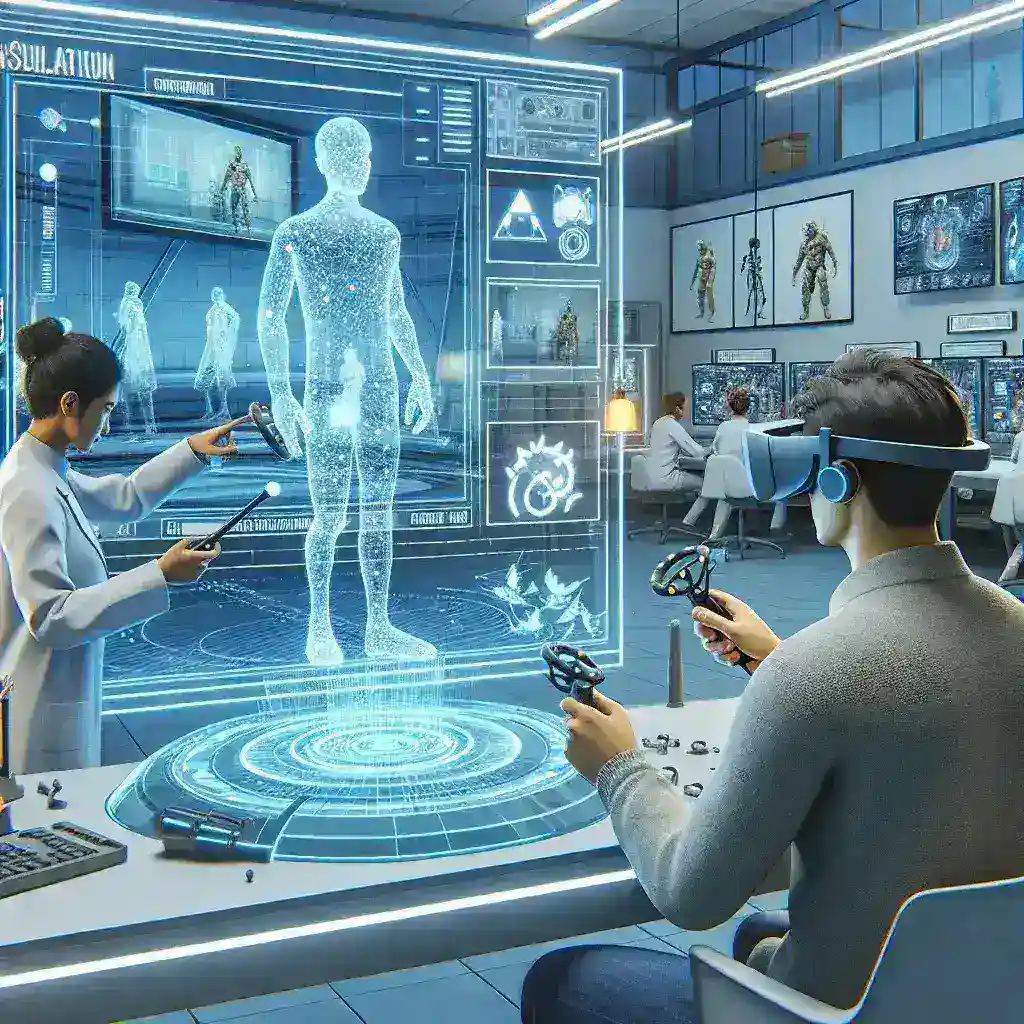Introduction to Disney Research’s Innovations
In an exciting development for the entertainment industry, Disney Research has unveiled its latest innovations in virtual reality (VR) storytelling engines at its U.S. labs. This groundbreaking technology promises to transform how stories are told and experienced by audiences around the world. With the potential to create more immersive, interactive narratives, Disney’s VR storytelling engines are set to change the landscape of digital entertainment.
The Evolution of Storytelling
For centuries, storytelling has evolved through various mediums, from oral traditions to print, cinema, and now, virtual reality. Disney has always been at the forefront of storytelling innovation, using animation and film to create beloved characters and stories that resonate with audiences of all ages. The introduction of VR technology represents the next significant leap in this evolution, allowing for a more participatory role for viewers.
Historical Context of Disney’s Innovations
Disney’s commitment to innovation is evident in its rich history of technological advancements. From the creation of the first synchronized sound cartoon in 1928 to the introduction of computer-generated imagery (CGI) in films like Toy Story in 1995, Disney has consistently embraced new technologies to enhance storytelling. The company is now leveraging VR to create a unique blend of storytelling and interactivity that invites audiences to become active participants in the narratives.
Features of the New VR Storytelling Engines
The newly unveiled VR storytelling engines are designed to enhance the immersive experience through several groundbreaking features:
- Interactive Environments: Users can explore richly detailed worlds that respond to their actions, creating a sense of agency and involvement in the story.
- Adaptive Narratives: The engines utilize advanced algorithms to adapt the storyline based on user choices, ensuring that every experience is unique.
- Multi-Sensory Experiences: Incorporating haptic feedback and spatial audio, the VR storytelling engines aim to engage all the senses, making the narratives feel more real.
- User-Centric Design: The technology is designed to be accessible, allowing users of all ages and backgrounds to enjoy and interact with the stories.
Potential Impact on the Entertainment Industry
The implications of Disney’s VR storytelling engines extend beyond just entertainment; they have the potential to reshape the entire industry. As audiences increasingly seek immersive experiences, Disney’s innovations could set new standards for engagement and creativity. Here are some potential impacts:
1. Enhanced Audience Engagement
With the ability to interact with narratives, audiences may feel a stronger connection to the stories and characters. This heightened engagement can lead to increased loyalty and a passionate fanbase.
2. Expansion of Content Creation
The new technology opens doors for creators, allowing them to experiment with storytelling formats and approaches. From theme park attractions to home entertainment, the possibilities are endless.
3. New Revenue Streams
As VR technology continues to grow, Disney could explore new markets, including VR gaming and educational experiences, thereby diversifying its revenue streams.
Challenges and Considerations
While the potential of VR storytelling engines is immense, several challenges must be addressed:
- Technology Adoption: The success of VR experiences relies heavily on consumer adoption of the technology. Ensuring accessibility and affordability will be crucial.
- Content Development: Creating compelling content that utilizes the capabilities of VR storytelling requires skilled creators and substantial investment.
- User Experience: Maintaining a balance between interactivity and narrative coherence will be essential to avoid overwhelming users.
Future Predictions for VR Storytelling
As Disney Research continues to develop its VR storytelling engines, the future looks promising. We can expect:
1. Increased Collaboration Across Industries
Partnerships with gaming companies, educational institutions, and other media organizations could lead to innovative projects that utilize VR storytelling in diverse fields.
2. Proliferation of VR Content
As more creators embrace the technology, a wealth of VR content could become available, offering audiences a rich library of experiences to choose from.
3. Evolution of Audience Interactivity
As technology advances, we may see even more sophisticated ways for audiences to interact with stories, such as through AI-driven characters that respond to user emotions.
Conclusion
Disney Research’s unveiling of new VR storytelling engines marks a significant milestone in the evolution of storytelling. By embracing advanced technology and focusing on user engagement, Disney is paving the way for a new era of immersive narratives. As we look to the future, the potential for VR storytelling to transform the entertainment landscape is immense, promising exciting experiences for audiences around the globe.

Leave a Reply